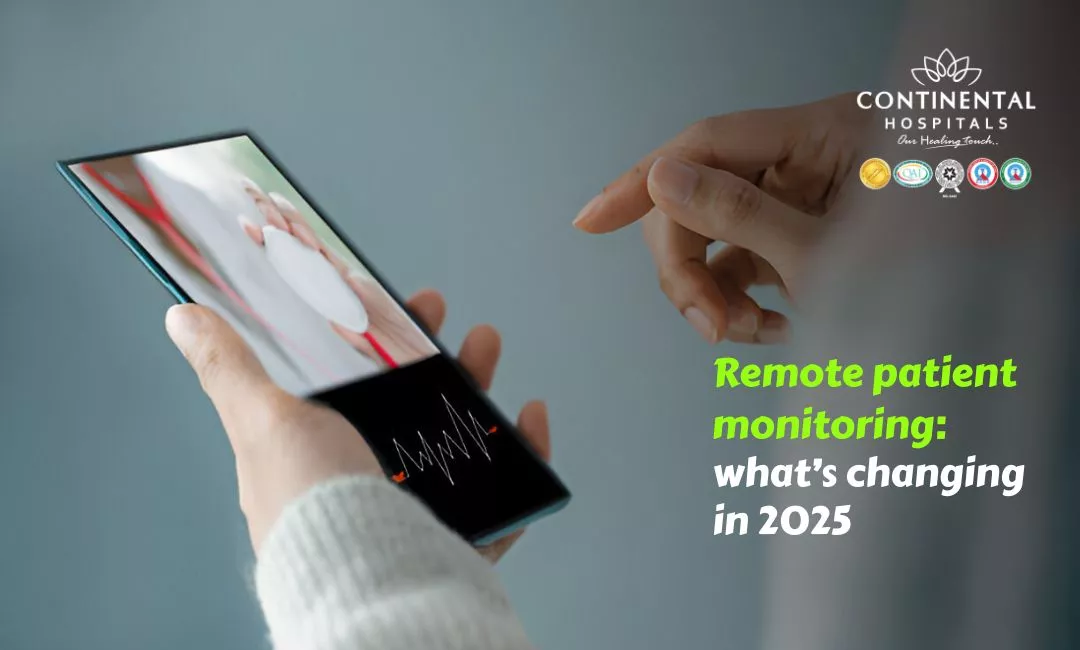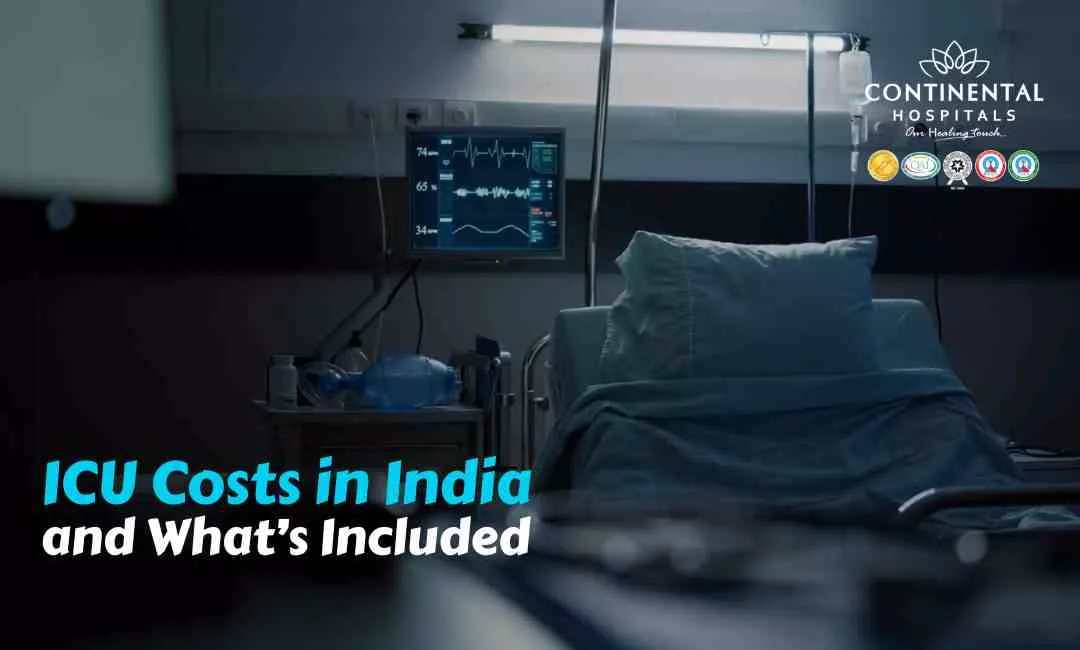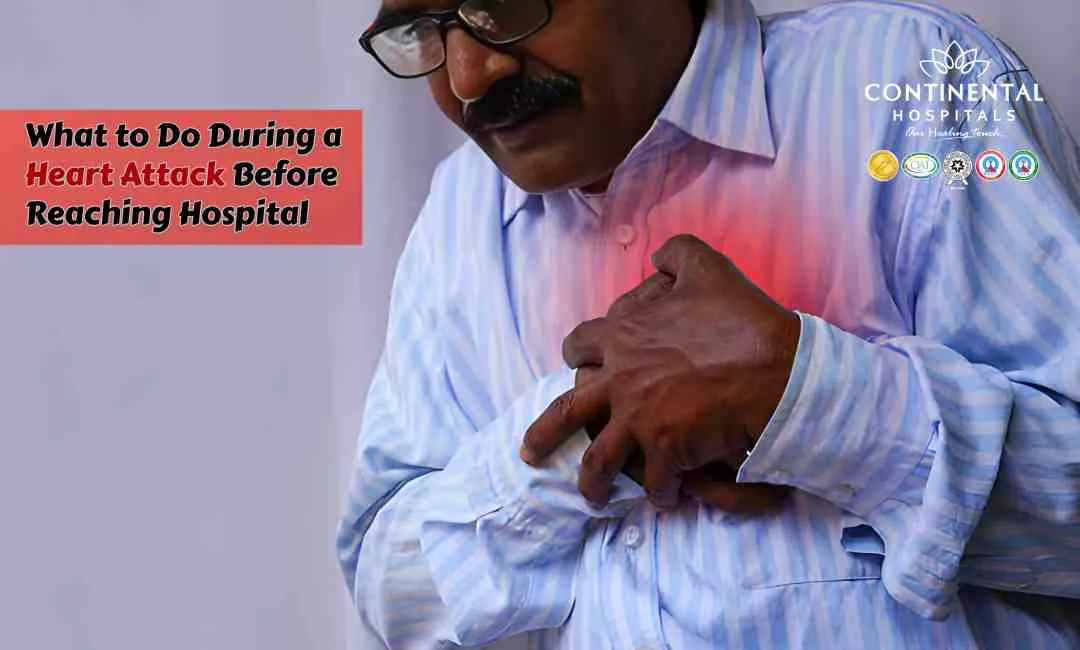Remote patient monitoring (RPM) is no longer just a buzzword. It's one of the fastest-moving areas in healthcare today. By 2025, it’s evolving into something smarter, more accurate, and a lot more integrated with daily life. So if you’re wondering how remote care is changing and what it means for patients and doctors, let’s break it down.
What is Remote Patient Monitoring?
Remote patient monitoring is a healthcare method where doctors track patients’ health data without needing them to visit a clinic or hospital. It uses digital tools like wearable devices, mobile apps, and cloud platforms to collect and share vital signs and health updates in real time.
Instead of waiting for appointments, patients can now share their blood pressure, glucose levels, oxygen saturation, heart rate, and more—straight from home. This means faster decisions, better outcomes, and more control over one’s health.

🥗 Healthy Plate Challenge
🍽 Add Your Favorite Dish
Pick Your 6 favorite foods, eat, and see the results.Drag & drop foods onto your plate.
Drop Food Here
What’s Changing in 2025?
A lot. Here are the major upgrades to RPM coming this year:
1. Smarter Wearables and Sensors
The latest wearable health devices aren’t just step counters anymore. In 2025, smartwatches, biosensors, and patch monitors are getting more accurate, user-friendly, and capable of tracking multiple vitals.
Many can now monitor ECG, respiratory rates, blood glucose, and even early signs of infection. These RPM devices are being linked with mobile apps that automatically share data with healthcare providers.
2. AI-Powered Monitoring
AI in healthcare is playing a central role in RPM. Instead of just collecting data, AI now helps interpret it. It can spot unusual patterns, predict possible health events, and alert both patients and doctors. This means earlier intervention and better disease prevention.
For example, if a heart patient’s vitals are trending toward a potential issue, AI can pick it up before symptoms even appear and prompt a response. That’s a huge step forward in personalized care.
3. Better Patient Tracking Systems
RPM isn’t just about gadgets. It also involves how the data is managed, stored, and reviewed. In 2025, healthcare technology is shifting toward more integrated platforms. Hospitals are using cloud-based systems that sync data from multiple sources—wearables, mobile apps, and even home-based medical equipment.
This helps doctors track progress over time, manage medications better, and get a full picture of a patient’s health without manual input.
4. Remote Vital Monitoring for Chronic Conditions
Chronic illnesses like diabetes, hypertension, COPD, and heart failure are a major focus for RPM. The future of telemedicine in 2025 is all about proactive care. Patients with long-term conditions are now being monitored in real time, reducing hospital visits and preventing complications.
This remote vital monitoring also improves medication adherence, dietary tracking, and early detection of flare-ups.
5. Voice and Video-Enabled RPM
While video calls have been a part of telehealth for a while, 2025 is seeing a rise in voice-first technology. Smart speakers and AI assistants now remind patients to take medicines, prompt them to measure their vitals, and even answer basic health questions.
Video consultations are also improving with better clarity, faster connections, and integration with medical records. The line between virtual and in-person care is getting thinner.
6. Data Security and Patient Privacy Upgrades
With so much data being collected, privacy is a big concern. In 2025, stricter rules and more secure systems are being implemented to protect patient data. End-to-end encryption, biometric logins, and patient-controlled access are becoming standard.
This builds more trust in remote healthcare solutions and ensures that only authorized healthcare providers can access sensitive health records.
7. Personalized Digital Health Tools
Not all patients are the same. RPM tools in 2025 are becoming more personalized. For instance, someone managing asthma may get different alerts and content than someone recovering from surgery.
Digital health tools are now designed to adjust to the patient’s condition, lifestyle, and preferences. This makes remote care more engaging and effective.
8. Improved Integration with Hospital Systems
Remote patient data is now flowing directly into electronic health records (EHRs) used by hospitals. This helps doctors get a real-time, comprehensive view of their patient’s condition, even if they’re miles away.
This kind of integration also enables faster diagnosis, fewer medical errors, and better coordination between departments.
Why Remote Monitoring Matters Now More Than Ever
The big shift in 2025 is not just about technology. It’s about how healthcare is being redefined to be more accessible, timely, and patient-friendly.
Fewer hospital visits for chronic patients
- Faster response times during emergencies
- Less guesswork for doctors
- More confidence for patients in managing their health
RPM is not a future concept anymore. It’s the present, and it’s improving fast.
Why Choose Continental Hospitals for Remote Monitoring?
Continental Hospitals has been at the forefront of adopting digital health solutions that work. Here’s what sets us apart:
- Advanced RPM systems tailored for chronic and post-surgery care
- Real-time monitoring linked to our specialist care teams
- Secure, AI-powered platforms for fast, accurate insights
- Expert support from doctors trained in telehealth and remote care
- Seamless integration of data into your personal health record
We don’t just use technology. We use it smartly to give you safer, faster, and more connected care. Whether it’s managing diabetes, heart conditions, recovery after surgery, or senior care, our specialists know how to make RPM work for your unique health needs.
If You’re Suffering, Don’t Wait
If you’re managing a chronic condition, recovering from surgery, or simply want better control of your health without constant hospital visits, remote patient monitoring can help.
Book a consultation with our experts in Internal Medicine, Cardiology, Endocrinology, or Pulmonology to find out how digital care can support your health journey.
Final Thoughts
Remote patient monitoring is transforming how we think about healthcare. With smarter devices, AI-driven tools, and always-on connectivity, patients and doctors are more in sync than ever. 2025 isn’t about waiting for care. It’s about receiving it wherever you are.
At Continental Hospitals, we’re not just following trends. We’re building the future of healthcare, digital, connected, and truly patient-first.
.webp)














